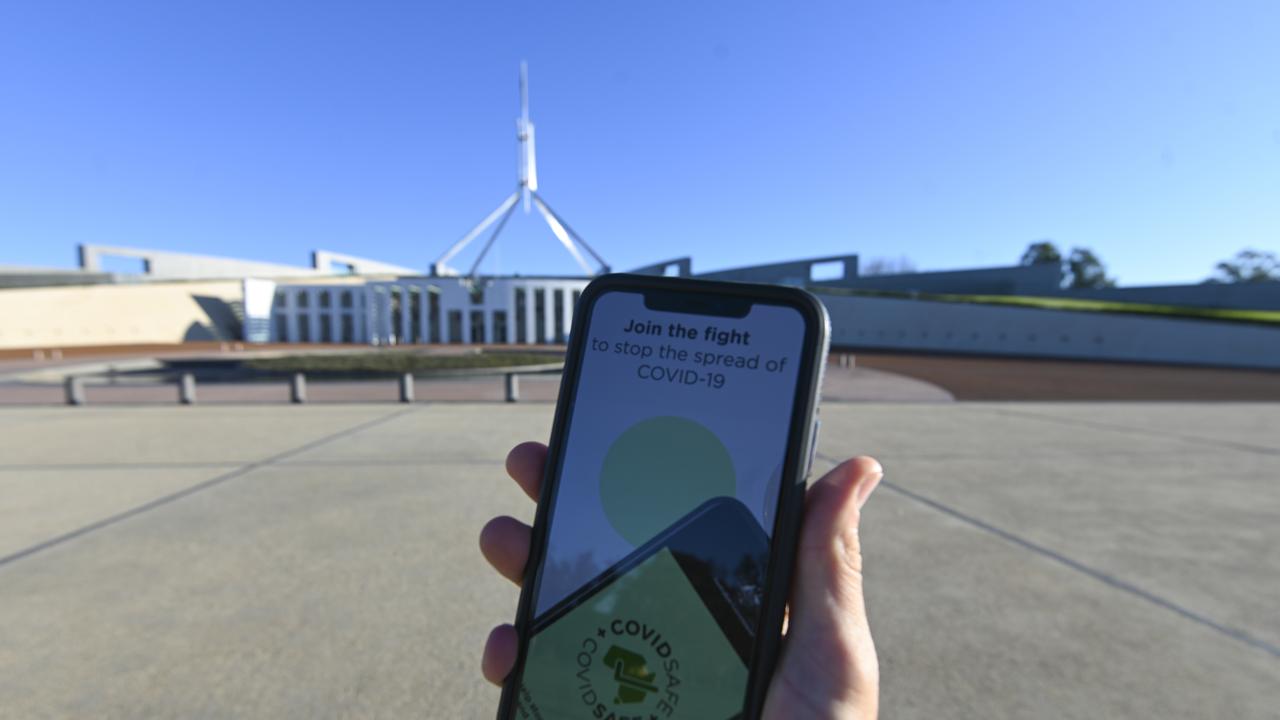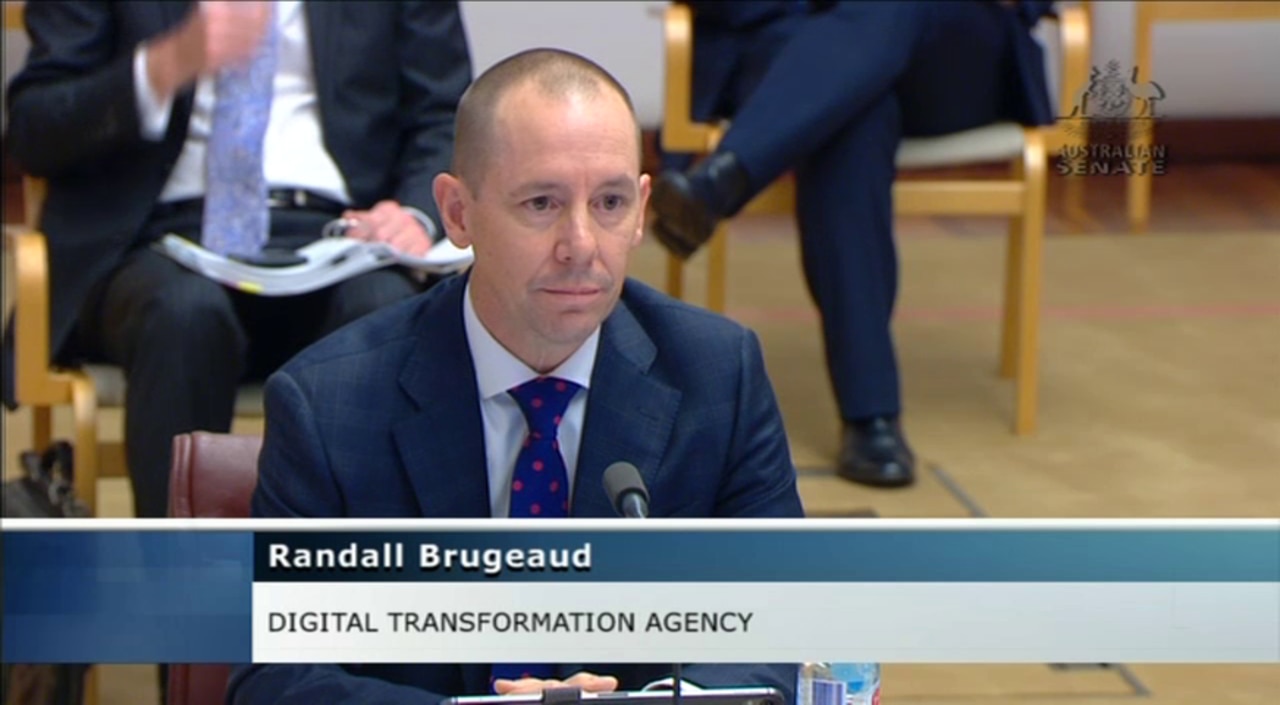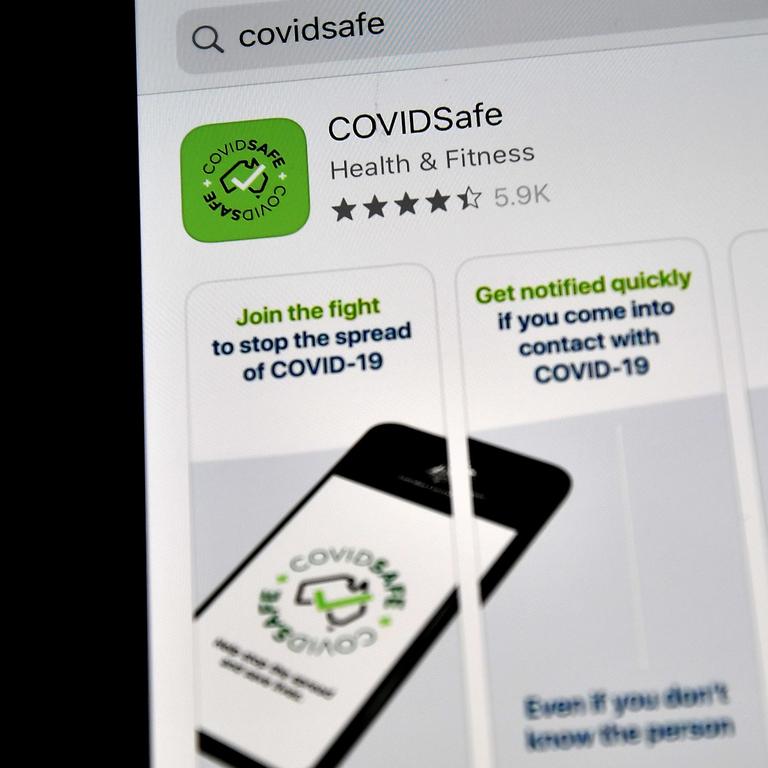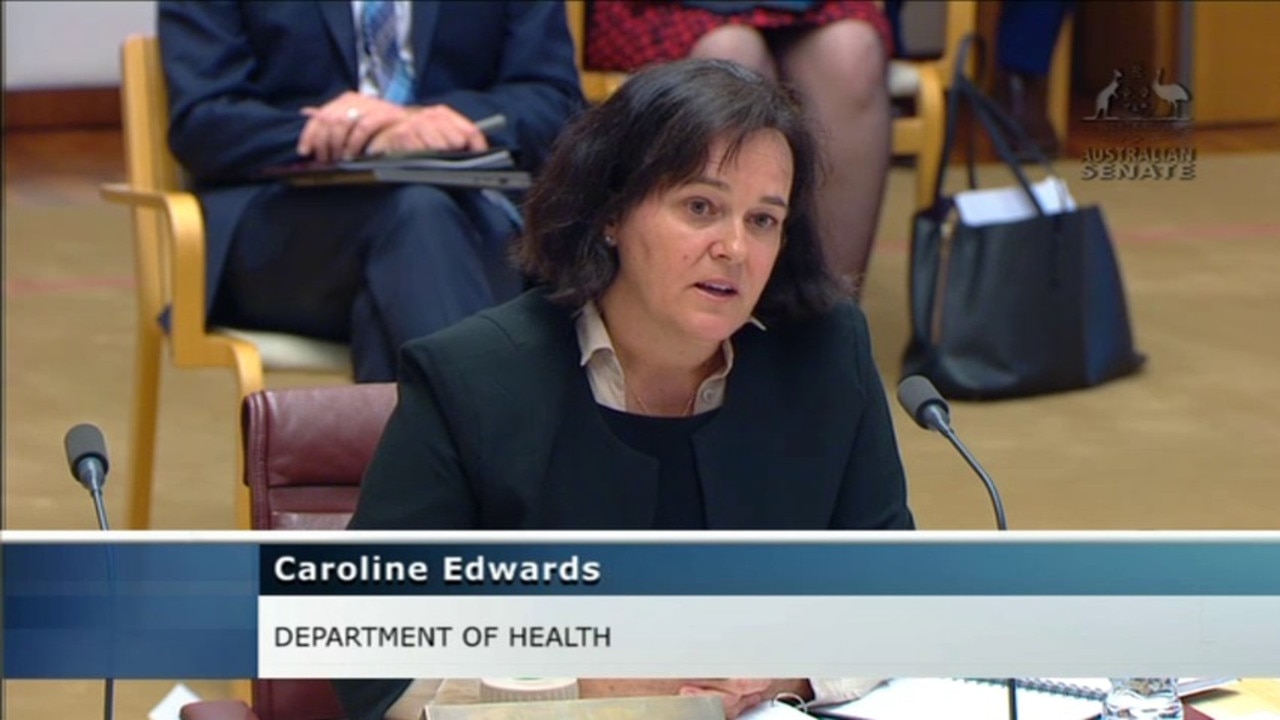COVIDSafe app data yet to be used, Bluetooth fix reliant on Apple, Google
For phones older than three years, COVIDSafe App probably won’t work as well – but none of the data it’s collecting has been used yet anyway.
More than five million Australians have downloaded the COVIDSafe app, but it doesn’t work properly on a lot of phones, and isn’t actually sharing any data with health authorities yet.
In a Senate Select Committee hearing on Wednesday, Randall Brugeaud, head of the Government’s Digital Transformation Agency, confirmed the app doesn’t work properly for iPhone users, and that it will be augmented with a system being developed by Apple and Google when it becomes available.
He said the iPhone version of the app “progressively deteriorates” the longer the app is not open and running on the phone.
And if the screen is locked or the app is running in the background, the connection quality is not as good.
RELATED: Follow our full coronavirus coverage
RELATED: Reasons we’re not downloading app

“The app is being constantly improved and the community will receive updates regularly,” Mr Brugeaud said at the hearing.
“The quality of the Bluetooth connectivity for phones that have the app installed running in the foreground is very good, and it progressively deteriorates and the quality of the connection is not as good as you get to a point where the phone is locked and the app is running in the background.”
He said the deterioration is “highly variable” depending on the “actual age of the physical phone”.

If you’ve bought a new phone from around 2018 onwards you should be OK.
2017’s iPhone 8 and iPhone X phones added Bluetooth 5 to the iPhone for the first time.
Prior phones used Bluetooth 4.2 LE (Low Energy).

RELATED: Problem with our ticket out of lockdown
Bluetooth 5 is faster and has much longer range, with a theoretical maximum of 243m.
The app records details about contacts you’ve been within 1.5m of for 15 minutes or longer, but the newer Bluetooth protocol uses less power than older protocols as well as being faster and having longer range.
That theoretical maximum distance is also brought down heavily by factors like line-of-sight, other devices interfering, and your phone being in a pocket or bag.
Samsung’s Galaxy S8 was the first Android phone to include Bluetooth 5, earlier in 2017.
Newer phones with more random access memory (RAM) could also do a better job of keeping the app running in the background as well.
Of course the specification varies so check your actual device.
“We’re improving it all the time but the big shift in performance of the Bluetooth connectivity will be the point at which we’re able to leverage the new Apple and Google Bluetooth management software,” Mr Brugeaud said.
RELATED: PM reveals how long until life returns to normal
Apple and Google have been working together on a contact tracing solution, with plans to make it available only to official health authorities.
Earlier this week the two companies announced a ban on GPS location tracking in any apps that use the technology, but the Government has already assured Australians the COVIDSafe app doesn’t collect location data anyway.
If you register through the app you don’t have to use your real name, and provide only vague identifying information such as your age range and postcode.
The only specific personal information the app collects is your mobile phone number, so you can receive a text message to finish your registration on the app and so health officials can contact you if you’ve been near a confirmed case.
The Bluetooth handshakes that are actually used for contact tracing record the time and length of contact and approximately how far away the user’s phones are from one another, but don’t log where it occurred.
Speaking with Samantha Maiden on a news.com.au livestream on Wednesday night, Prime Minister Scott Morrison encouraged Australians to keep downloading the app if they haven’t already.
He said the app helps state and territory health officials trace the spread of the virus in the community.
“The only way we can do that really quickly is if we get enough people on the COVIDSafe app, so that’s what it’s for. It’s its only job. It’s got one job, just one job, that’s it.”
But despite being live for 11 days so far, the app hasn’t actually started doing that job yet.
The Department of Health’s acting secretary Caroline Edwards told the committee that a deal is yet to be reached with the states and territories and none of the data that’s been collected so far has been accessed by health authorities.
“The arrangements for it to be provided to state and territory health officials will commence as soon as the agreements with state and territory health agencies to ensure the privacy and security of the data are in place and that’s happening quickly.”
Ms Edwards was unable to say exactly when to expect that as there’s no firm deadline.
She said it was hoped to happen “within days” and “certainly this week”.

“It’s collecting the important information that will be used. We haven’t had a transfer of that information to a state or territory health authority at this point, but we’re nearly ready to do that,” she said.
She said the Office of the Australian Information Commissioner still had to make input on the privacy of the app as well and that was a factor in the delay.
Ms Edwards also said the Department of Health “hasn’t provided any advice on targets” that were used to spruik the success of the app’s uptake by the Australian community.
Health Minister Greg Hunt has repeatedly said the app is exceeding targets for downloads.
News.com.au has contacted his office to ask who set those targets, what those targets are based on and what they’re for, and is awaiting comment.
Ms Edwards also said the department is now using the approximately 16.4 million smartphones in Australia as a metric for the success of its uptake, rather than a percentage of the total population.



